INDIVIDUALS WITH SPECIAL NEEDS (1) VISUAL IMPAIRMENT
2.1 Introduction
Individuals with special needs are variously referred to. Other people refer to as unusual able or talented individuals and others are of the view that individuals with special needs are those with disabilities. This view is true although Kirk, et al., (2003) state that, individuals with special needs includes both
individuals with disabilities and children who are exceptionally gifted and talented. Therefore, it is defined that children with special needs are those who differ from average or normal children in mental characteristics, sensory abilities, communication abilities, behavior and emotional development and physical characteristics (Kirk, et al, 2003)
In agreement with the above definition Hallahan & Kauffman (1999) & Heward and Orlansky ( 1988) classified individual with special needs into visual impaired, intellectual impaired ,hearing impaired, emotional and behavioural disorders, physical and health impaired, children with severe and multiple disabilities (MSD), speech and language impaired, learning disabilities and gifted and talented children.
Therefore, lecture two introduces you to one of the categories of individuals to be included in special education, the meaning, causes, identification and instructional strategies.
|
OBJECTIVES OF THE LECTURE At the end of this lecture, students should be able to: 1. Describe visual impairment. 2. List and discuss causes of visual impairment. 3. Explain identification process of the visual impaired individuals. 4. Discuss instructional strategies to help the visual impaired. |
2.2 Visual Impairment (VI)
Visual impairment is the impairment in visual that, even with correction, adversely affects a child’s educational performance. The term includes both partial sight and blindness. However, visual impairment is described into two ways that is legal and educational definitions.
A legally blind person is the one who has visual acuity of 20/200 or less in the better eye after all corrections or somebody who have field of vision restricted to the angle of 20 degrees or less. This definition lies on the angle of vision or acuity. Visual acuity is the ability to clearly distinguish forms or discriminate details while the visual field is the entire area we can see at one time without shifting our gaze
Educational definition stresses on the methods of reading instructions. For educational purposes, individual who are blind are so severely impaired that they must learn to read Braille or use auditory methods. Educators often refer to those individuals with visual impairment, but can read large prints or using magnifying devises as having low vision.
The low vision individuals have visual acuity between 20/70-20/200 in the better eye with correction. Visual impairment can congenital or acquire and can be caused by error of refraction, cataract, glaucoma, diabetes prematurity, infectious diseases, accident and it can also be hereditary.
Note: Braille is a system of raised dots by which blind persons read with their fingertips, consists of quadrangular cells containing from one to six dots whose arrangement denotes different letters and symbols.
2.3 Causes of Visual Impairment
Causes of visual impairment can be congenital or acquired. The most common known cause of visual impairment is the result of the following:
2.3.1 Errors of Refraction
Myopia (nearsightedness), hyperopia (farsightedness) and astigmatism (blurred vision) are examples of refraction errors that affect central visual acuity. These can be corrected using contact lenses or glasses.
2.3.2 Cataract
A condition caused by a clouding in the lens of the eye that blocks the light necessary for seeing clearly. Cataract usually affects colour and distance visions.
2.3.3 Glaucoma
A condition in which there is an excessive pressure in the eyeball. The causes is not well known and if not well treated can lead to blindness.
2.3.4 Diabetes
Children with diabetes frequently have impaired vision due to hemorrhages and the growth of new blood vessels in the area of the retina, the condition known as diabetic retinopathy.
2.3.5 Prematurity
Children born prematurely had normal visual potential at birth; however abnormal blood vessels may grow in the eyes of a premature baby leading to retinal detachment and total blindness.
2.3.6 Infectious Diseases (Rubella and Syphilis)
These are infections which usually affect the unborn baby at the first trimester (the 1st three months of the pregnancy).
2.3.7 Accidents
Accidents such as burning and blow in the head may be the cause of blindness.
2.3.8 Hereditary
Some blindness may be inherited for example congenital glaucoma and albinism.
2.4 Identification and Assessment of Children with Visual Impairment
Identification of children with severe or profound visual impairment is easily done by parents or physicians early before school age. Most of them do not require formal testing, just the observations of those around the child. It is a good practice to have a routine vision screening for children before they enter school because children with mild, correctable problem might escape unnoticed until a child enters school.
However, it is important to do assessment before a student with suspected disability receives special education services. There are four specific steps which are necessary in the assessment. These are screening, eligibility, and instructional planning and progress evaluation.
Snellen chart which has rows of letters in gradually small letters sizes that children read at a distance of 20 ft is the instrument used in screen the possible eyes problem. As parents and physicians are in the first line to identify children disability before school years, teachers are the prime source in identification of the mild disability in school age children.
2.5 Instructional Strategies
Lack of sight may limit a person’s experience because the primary means of obtaining information from the environment is lacking. Nonetheless, it is agreed that visually impaired children should be educated in the same line like sighted children.
The classroom teachers should make some modification in the general classroom to fit in the visually impaired. These children will call for modification in four major areas which are Braille, use of remaining sight, listening skills and mobility training. The first three is typically for academic functions while the last is the skill needed in everyday living.
2.5.1 Use of Braille
The term refers to the system of embossed signs which are formed by combination of 6 dots arranged in a rectangular pattern. This system is used by the visual impaired to read/write and it was found by Louis Braille who was blind in the nineteenth century.
The system is still in use today, therefore students who are legally blind should learn the use of Braille to achieve better in academics and to lead independent lives. However, students with low vision who could read large prints should also be taught Braille.
2.5.2 Use of the Remaining Sight
Teachers should train students to use what visual abilities they have to better advantages by using large print books or magnifying devices. The limitation with large print books is that a great deal of space is required to store them and they are limited available. Magnifying devices range from glasses and hand- held lenses and can be used with normal size type or large size type books. This strategy is appropriate for students with low vision.
2.5.3 Listening Skills
Since the child cannot use the sight to access information from the environment, automatically she/he becomes the good listener. However, they should be taught how to listen by using variety of curriculum materials and programmes which are recorded if they are available.
2.5.3 Orientation and Mobility Training
Orientation is the ability to establish ones positions in relation to the environment through the remaining senses while mobility is the ability to move safely and easily from one point to other .Four methods are used to assist orientation and mobility of persons with visual impairment.
2.5.3.1 The Long Cane
This is the widely used device especially by adults to detect obstacles on the way, for example ditches, staircases and other objects.
2.5.3.2 A Guide Dog
A guide dog is not often recommended for visual impaired children due to the fact that an extensive training is required; dogs are large, walks fast and needs to be care. Though they have proved to be a good companion to some adults ,dogs doesn’t know a place where someone want to go and sometimes other culture won’t allow the use of dog.
2.5.3.3 Human Guides
Human guide certainly enables the visually impaired person to move with freedom and safety although too much reliance creates a dependency that can sometimes be harmful.
2.5.3.4 Electronic Devises
A number of electronic devices for sensing objects in the environment can be used although some are still in experimentation and expensive. The laser can and the Sonic guide are used on the principle that human being could learn to locate objects by means of echoes.
| SUMMARY
In this lecture visual impairment was defined as the impairment in visual that, even with correction, adversely affects a child’s educational performance. Visual impairment includes both partial sight and blindness. The causes of visual impairment are errors of refraction, cataract, glaucoma, diabetes, infectious diseases (Rubella and Syphilis), accidents and hereditary. Children with visual impairments can be easily identified by parents and physicians but the assessment should be done before provision of special education services. Assessment is done following four specific steps which screening, eligibility, instructional planning and progress evaluation. It was also explained that children with visual impairment should be educated along with the sighted one although they need additional skills for daily living .These are Braille, use of the remaining sight, listening skills and orientation and mobility training which involves the long cane, a guide dog ,human guides and electronic devises. |

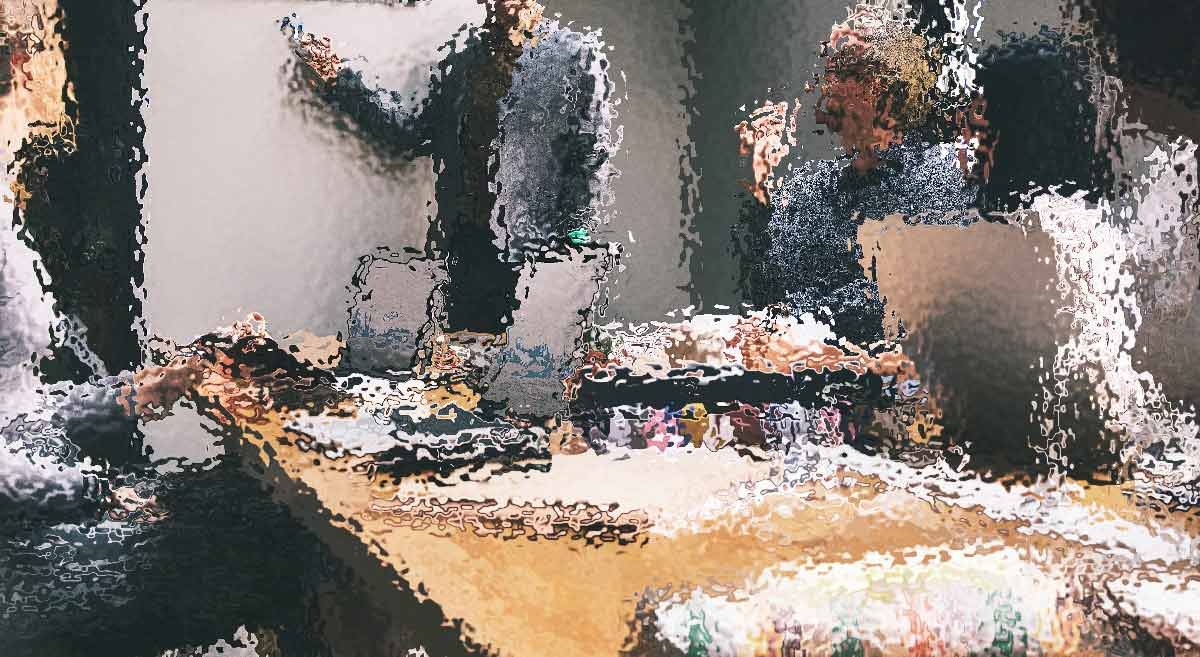
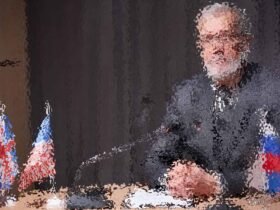

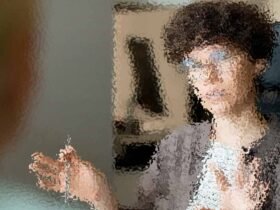
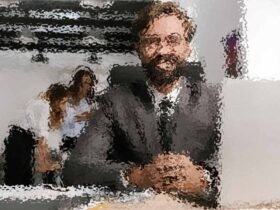
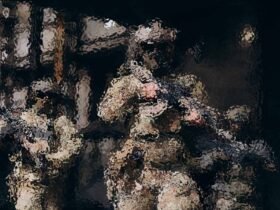
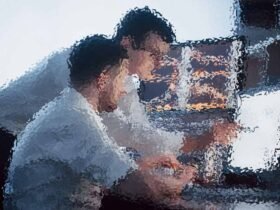
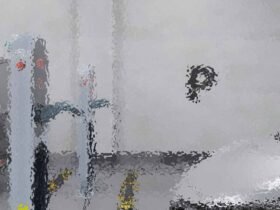


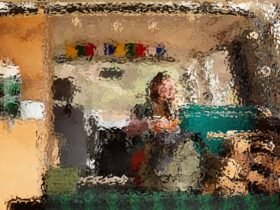
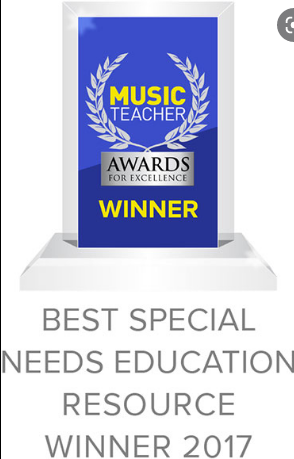



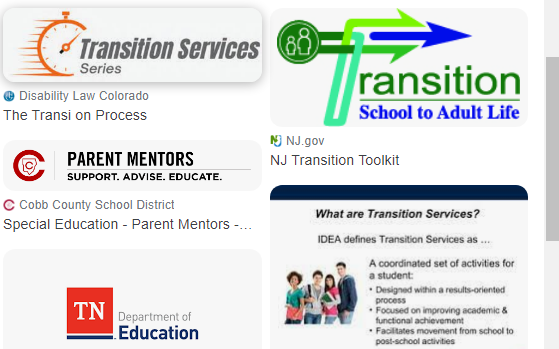
Leave a Reply